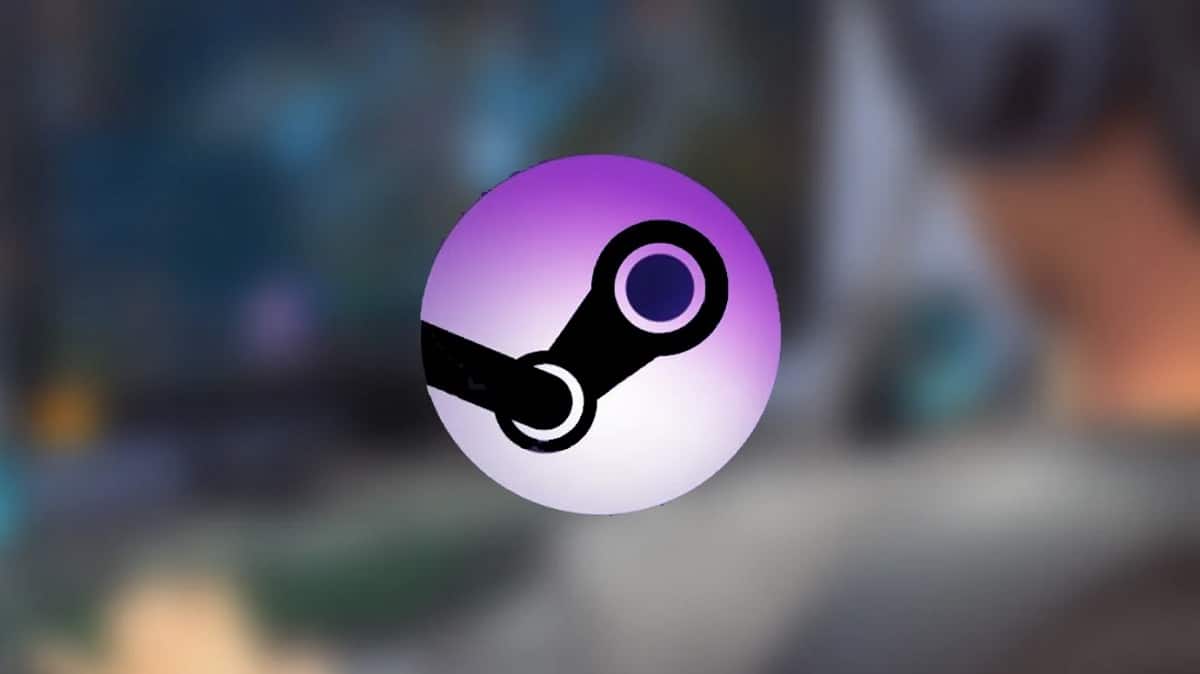
Collabora unveiled recently through a blog post Note on SteamOS 3 operating system architecture, which ships on the Steam Deck portable gaming computer and is fundamentally different from SteamOS 2.
For those who are new to SteamOS, you should know that this is a specialized Linux distribution for gaming devices, which Valve and Collabora have been working on together for several years.
SteamOS 3 stands out over past versions of SteamOS because this is based on Arch Linux, a rolling release distribution that includes the latest version of Mesa for open source accelerated graphics support and replaces the Debian-based SteamOS 2 version used in the previous Steam Machine project.
With its new "A/B" design, there are now two OS partitions, with two different versions of SteamOS. When upgrading, a new operating system image is written to any partition that is not currently in use, before the system is rebooted. A specialized bootloader module then automatically selects the newer operating system and boots it. If the update was successful, you continue to use the new operating system and the old system partition is reused for the next update. If the updated version doesn't boot properly, then the bootloader automatically rolls back to the previous system partition and you can try again later.
Inside Features of SteamOS 3 versus SteamOS 2 we can find the following:
- Migration of Debian package base to Arch Linux.
- By default, the root FS is read-only.
- A developer mode is provided, in which the root partition is put into writable mode and provides the ability to modify the system and install additional packages using the pacman package manager for Arch Linux.
- Atomic mechanism for installing updates: there are two disk partitions, one is active and the other is not, the new version of the system in the form of a prepared image is fully loaded on the inactive partition and marked as active.
- In case of failure, you can go back to the previous version without any problem.
- Support for Flatpak packages.
- The PipeWire media server is enabled.
- The chart stack is based on the latest version of Mesa.
- To run a Windows game, Proton is used, which is based on the code base of the Wine project and DXVK.
In addition, it is worth mentioning that to speed up the launch of games, the Gamescope composite server is used (previously known as steamcompmgr), which uses the Wayland protocol, which provides a virtual screen and can run on top of other desktop environments.
In addition to the specialized Steam interface, the main composition includes the KDE Plasma desktop for non-gaming tasks (you can connect a keyboard and mouse to the Steam Deck device via USB-C and turn it into a workstation).
The KDE community has done a lot of work to improve the experience, including theme changes, additional user interface elements, and stability fixes.
In normal use, the active OS partition is read-only, to make the Steam Deck as robust as possible. However, unlike most game consoles, this is a completely open device and can be switched to a developer mode where the OS partition is read/write and can be modified.
Finally, if you are interested in knowing more about it about the note, you can consult the original statement In the following link.
Download and try SteamOS 3 for Steam Deck
For those who are interested in being able to test this new system, they should know that it is already available to download and the system image has a weight of 2.5 GB).
In addition, they also published instructions to flash this image on Steam Deck. The image is designed to restore firmware in the event of a crash and for use on the Steam Deck only. For regular PCs, the SteamOS 3 build is promised to be released later.